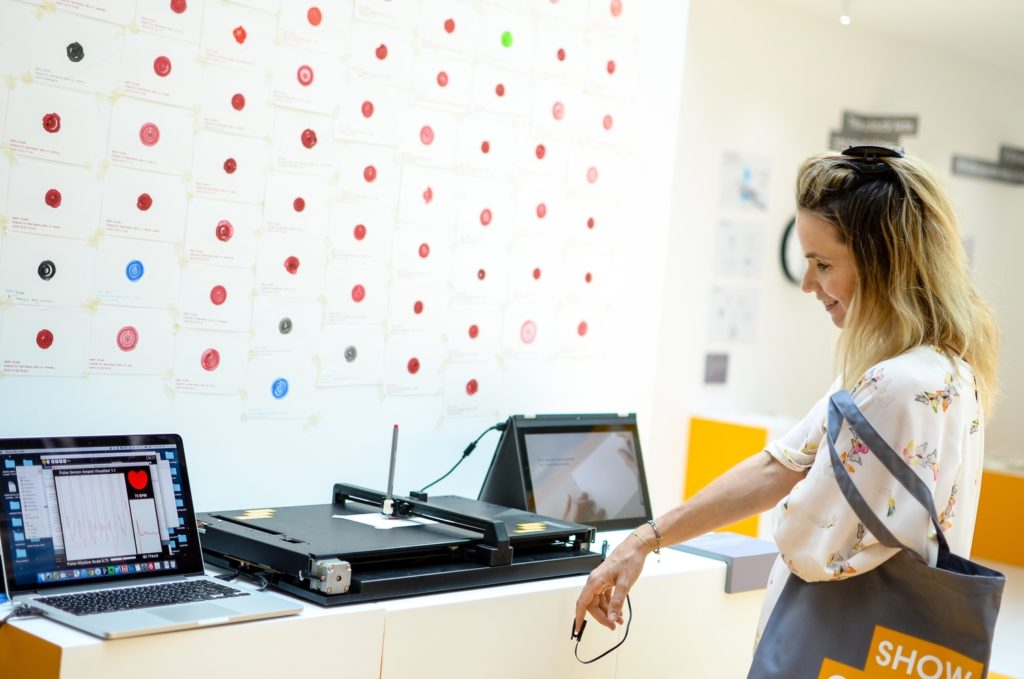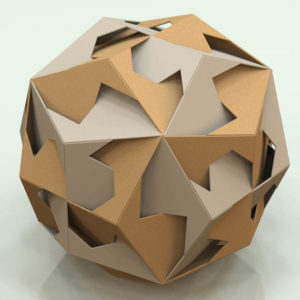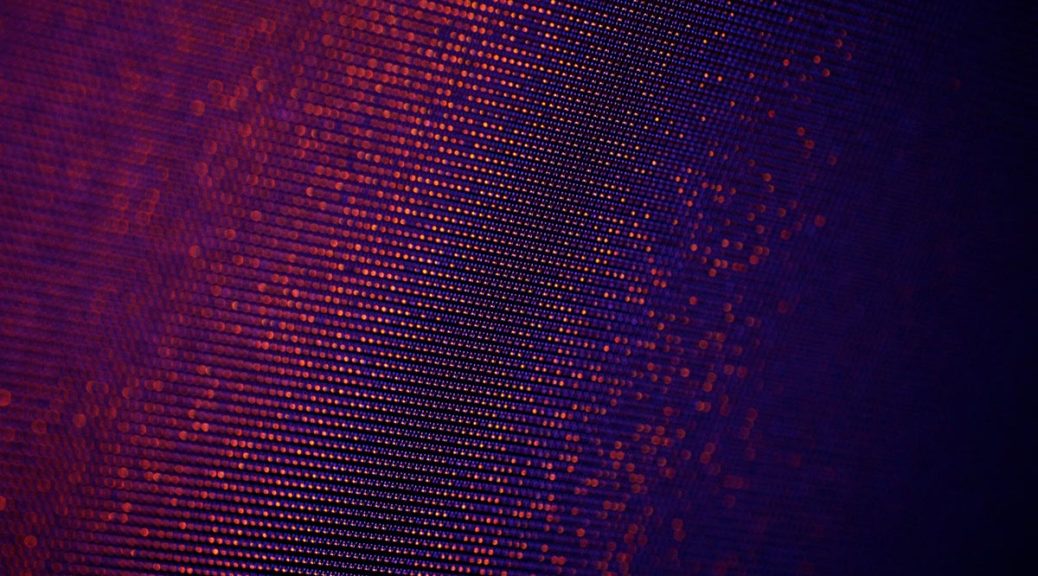
The future is data
The more I find my way in the digital landscape, the more I start to realise how much data becomes part of our daily live.
Without releasing most of our choices are made by data. Not only Google serves you what they think you need to see (based on your data), but also most of the websites and apps you daily visit.
Based on what you’ve seen before, they will serve you a website/app that shows you what you want (at least what they think you want). But not every algoritme servers the user what they want. Take for example YouTube; lately users (content creators and viewers) are unhappy about the new YouTube algoritme. The algorithm doesn’t show their favorite channels anymore and content creators are losing views because of it. “The goals of YouTube’s search and discovery system are twofold: help viewers find the videos they want to watch, and maximize long-term viewer engagement and satisfaction.”
So how does the algorithm work?
YouTube does not reward videos with the most views. Instead, videos with the most watch time are ranked more highly on the algorithm. This metric is important because it more accurately measures how engaging users find a video. This seems pretty fair, but its sounds better than it actually works. I don’t know how they can do I better, but I do know that as an user (viewer) I don’t get the videos suggested that I would like to see.
But not only YouTube has unhappy users, Instagram has the same problem, booth platforms try to optimise there algorithm for their users, not always for the better. Although it’s kind of has to do with what type of user you are. Most of the problem are for the creators/influencers. Booth platforms are mostly created for viewing (and some interaction), not realy for creating content big times and making lots of money on it.
The reason I wanted to right this post is just that. Data creates types of users where algorithms react to, but most of the time that is a bigger part of the users or a view specific target groups. Because of that a lot of other user are left out. Websites like Booking.com try to help you by optimising the website to your needs, but do they really know your needs??
We are humans, not computers. Most of our decisions and needs are based on emotions and feelings, an algorithm can’t barely read. With the help of psychology and lot of testing where are getting closer to letting algorithmes read emotions based on a lot of measurements but their are definitely not there jet. I want YouTube to know what videos make me happy, and when I need that video (on an off day).
Lately I started working more as a UX’er and I find myself struggling a lot with the fact that there are not just a view user groups. Me as a person likes to please everyone, but I know that as UX’er that is close to impossible… Or is it?? I hope in the near future UX’ers can create user experiences for all user, based on data, with stuff like feeling and emotions being part of that. I think UX’er should become more data visualizers/translators making the best experience for every user. Giving them what they really need.
And as long as we are not there jet, internet please let me make my own choices.
(people love searching and discovering, so let them)
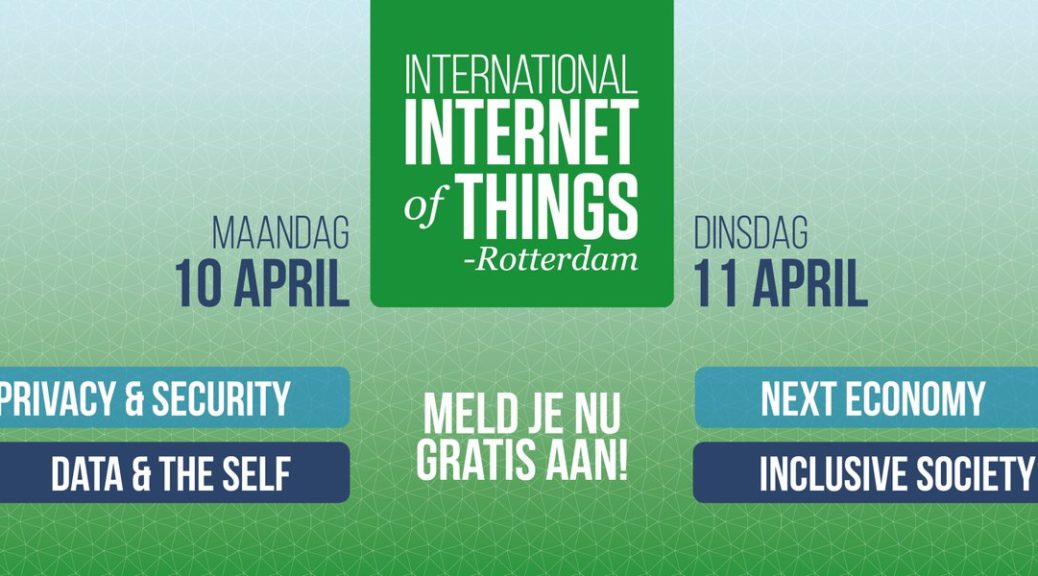
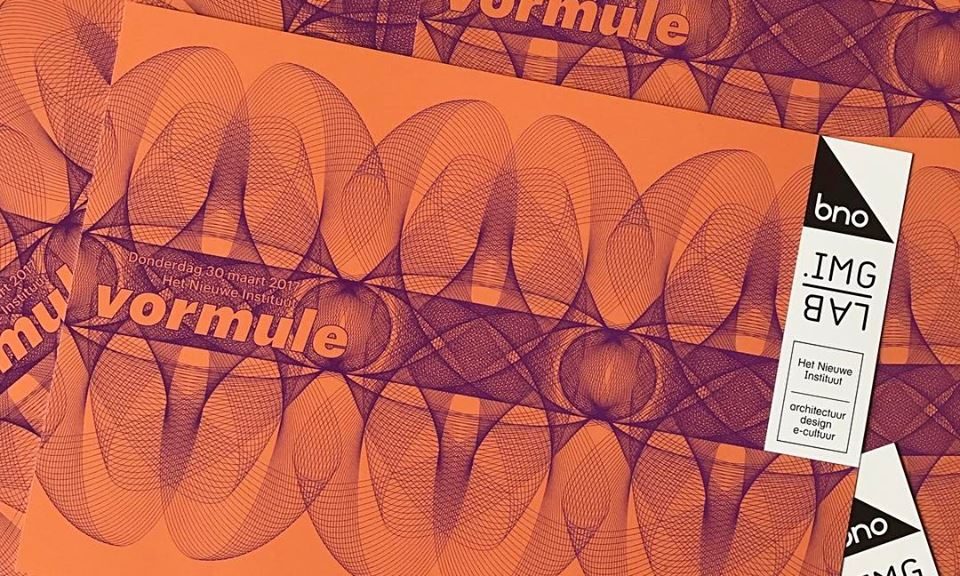
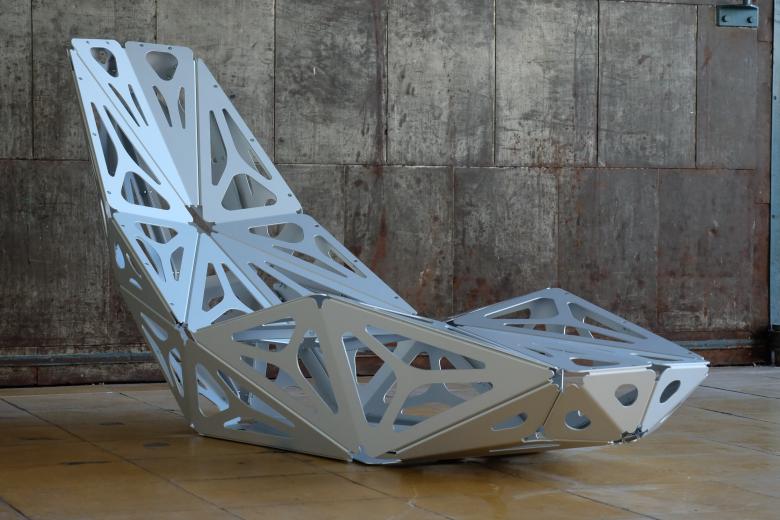
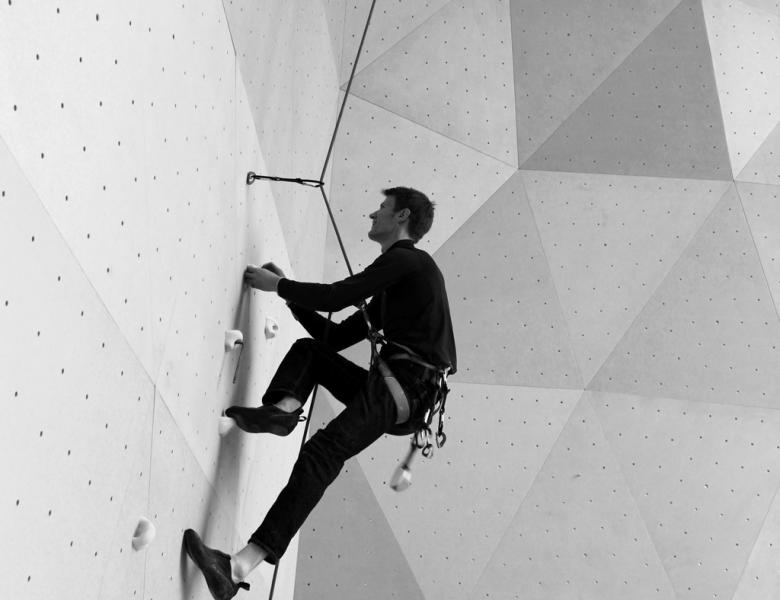

 Chalk line is created with the use of a simple (not programmed) tool for construction workers, the tool is only a string of cotton and chalk, putting the string where you want the line and pull the string back and tada.. a line. Then he showed us his graduation project he made at the Design Academy Eindhoven in 2012 called Secret Signals.
Chalk line is created with the use of a simple (not programmed) tool for construction workers, the tool is only a string of cotton and chalk, putting the string where you want the line and pull the string back and tada.. a line. Then he showed us his graduation project he made at the Design Academy Eindhoven in 2012 called Secret Signals.